|
The Oscar-winner executive produces Abstract: The Art of Design; directs episode on Christoph Niemann note: this piece has been updated with additional quotes and images from the artists One of the things that separates us from the world of our ancient ancestors -- the nomads and cave dwellers of prehistory -- is design. To them design probably amounted, if anything, to shaping tools to hunt, cook and eat. Perhaps someone in the tribe displayed a flair for cutting animal skins into clothing, creating the first scoop neck tunic or proto-jerkin. Today, we are immersed in design. We could not escape it unless we retreated to the caves. Almost everything we see and touch has been mediated through a designer's eye -- advertising, text, bed linen, shoes, magazine covers, tennis rackets, cars, computers, cell phones, buildings, lampshades, chairs. Despite its significance in our lives, design remains an undervalued or even disparaged art, perhaps because of its ubiquity. Designers are supposed to be engaged in something merely craft-like or crassly commercial. Yet observe a piece of Bakelite from the 1930s or 40s, for instance -- or better yet, hold it -- and you appreciate the transformative potential of design. In the best moments what happens is that design celebrates the world. The new Netflix series Abstract: The Art of Design, executive-produced by Morgan Neville, may go some ways to improving our understanding and appreciation of design. Each of the eight episodes is devoted to a single individual: Es Devlin (stage design); Bjarke Ingels (architecture); Paula Scher (graphic design); Ilse Crawford (interior design); Ralph Gilles (automotive design); Platon (photography); Tinker Hatfield (athletic shoe design), and graphic designer Christoph Niemann. The series releases on Netflix today (Friday), after premiering at the Sundance Film Festival in January. Part of the pleasure of the series is to observe the work of these designers. But they also prove gifted at speaking about design as a whole, and to encapsulate the abstract nature of their creative vision. "We really went out of our way to find people who not only did great work but who could articulate something about that great work," Neville told Nonfictionfilm.com at Sundance. At the festival Neville unveiled an episode of the series that he directed himself, focusing on Niemann, an artist with an extraordinary gift for translating reality into symbolic form. "Christoph is an amazing advocate for his art. He’s so articulate," Neville said of the Berlin-based designer. Below are quotes from some of the designers featured in Abstract: The Art of Design, with some samples of their work. My goal is to speak visuals like a pianist speaks piano. Two more images by Christoph Niemann. The one at right is from his Instagram account AbstractSunday. The abstraction for me is this idea of getting rid of everything that's not essential to making a point. Ultimately design is a tool to enhance our humanity. It's a frame for life. We spend 87-percent of our lives inside buildings. How they are designed really affects how we feel, how we behave. Typography is painting with words. You have to be in a state of play to design. Great design simplifies a very complicated world. Two photographs by Platon. The one of President Obama is from his ongoing series on politicians. The image at right is for an advertising campaign for the eyewear company Cutler and Gross. Images via platonphoto.com The camera is nothing more than a tool. A vehicle can have a face. Or a mask. It has to impart a soul. Everything should be art. Empathy is the cornerstone of design. Abstraction is for me probably the most important concept of art. New Yorker covers are the biggest deal for an illustrator, I think. Two New Yorker cover illustrations by Christoph Niemann, from 2011. One references the immigration debate, the other the nuclear disaster at Fukushima.
|
AuthorMatthew Carey is a documentary filmmaker and journalist. His work has appeared on Deadline.com, CNN, CNN.com, TheWrap.com, NBCNews.com and in Documentary magazine. |
- Home
- News
- Videos
-
Galleries
- 2019 Tribeca Film Festival
- Full Frame Documentary Film Festival
- 2019 SXSW Film Festival
- SXSW 2018 Gallery
- 2019 Sundance Film Festival
- Outfest 2018 Photo Gallery
- Outfest 2017
- Sundance 2018 Photos
- 2017 LA Film Festival
- 2017 Cannes Film Festival
- Tribeca Film Festival 2017
- SXSW 2017 Gallery
- 2017 Berlin Film Festival
- Sundance 2017 Gallery
- 2016 Los Angeles Film Festival
- Cannes Film Festival 2016
- SXSW 2016 Gallery
- Berlinale 2016 Gallery
- Sundance 2016 Gallery
- Filmmaker Gallery
- About
- Contact
Proudly powered by Weebly
- Home
- News
- Videos
-
Galleries
- 2019 Tribeca Film Festival
- Full Frame Documentary Film Festival
- 2019 SXSW Film Festival
- SXSW 2018 Gallery
- 2019 Sundance Film Festival
- Outfest 2018 Photo Gallery
- Outfest 2017
- Sundance 2018 Photos
- 2017 LA Film Festival
- 2017 Cannes Film Festival
- Tribeca Film Festival 2017
- SXSW 2017 Gallery
- 2017 Berlin Film Festival
- Sundance 2017 Gallery
- 2016 Los Angeles Film Festival
- Cannes Film Festival 2016
- SXSW 2016 Gallery
- Berlinale 2016 Gallery
- Sundance 2016 Gallery
- Filmmaker Gallery
- About
- Contact

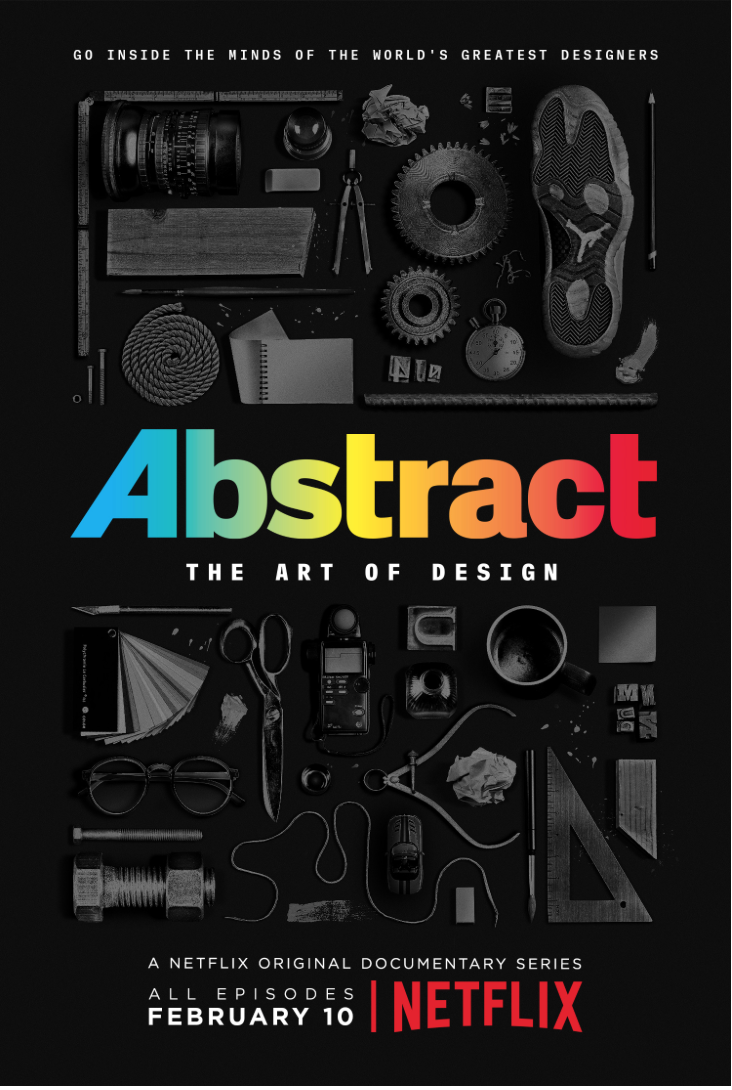
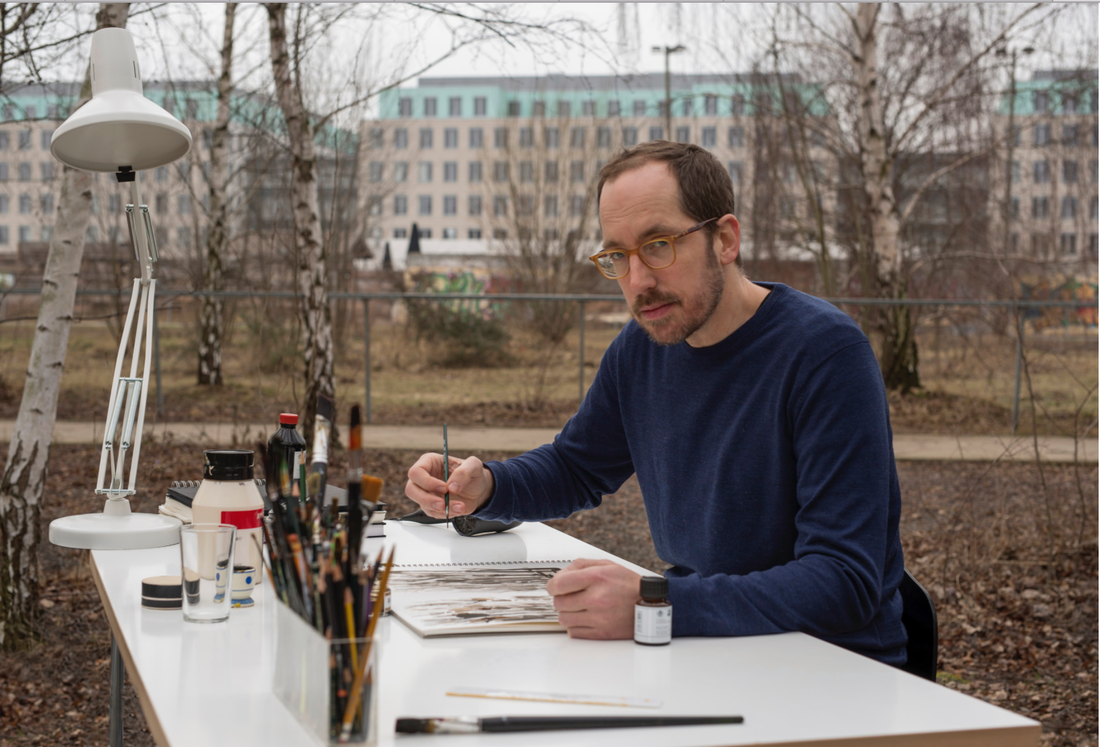

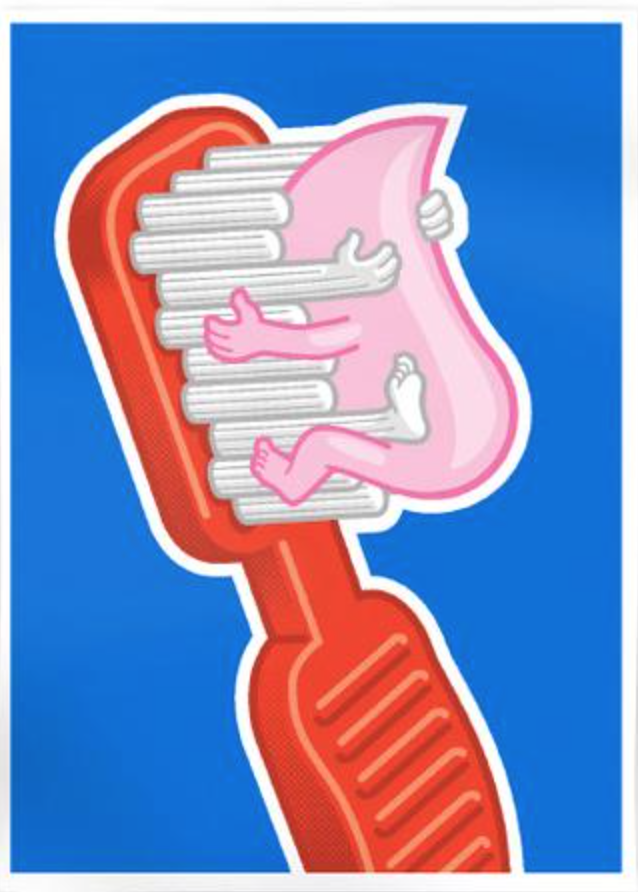
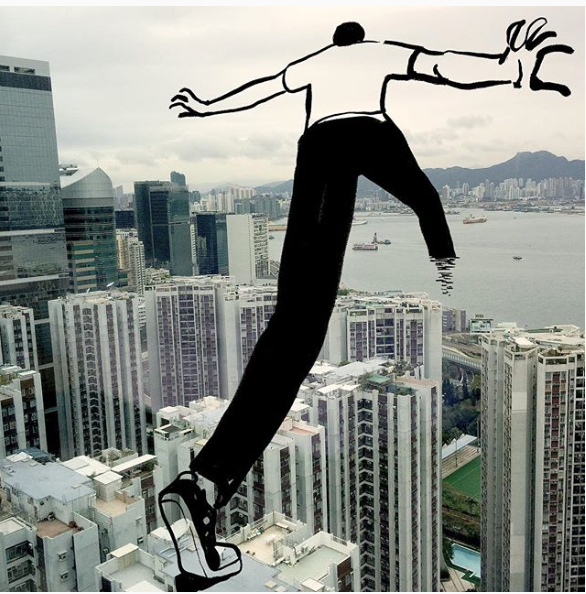
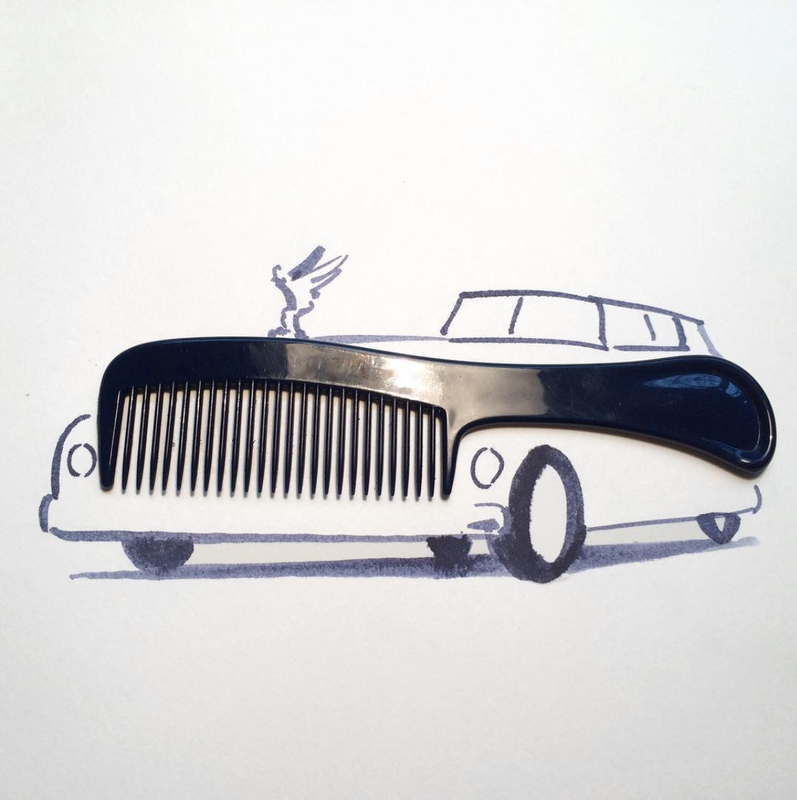
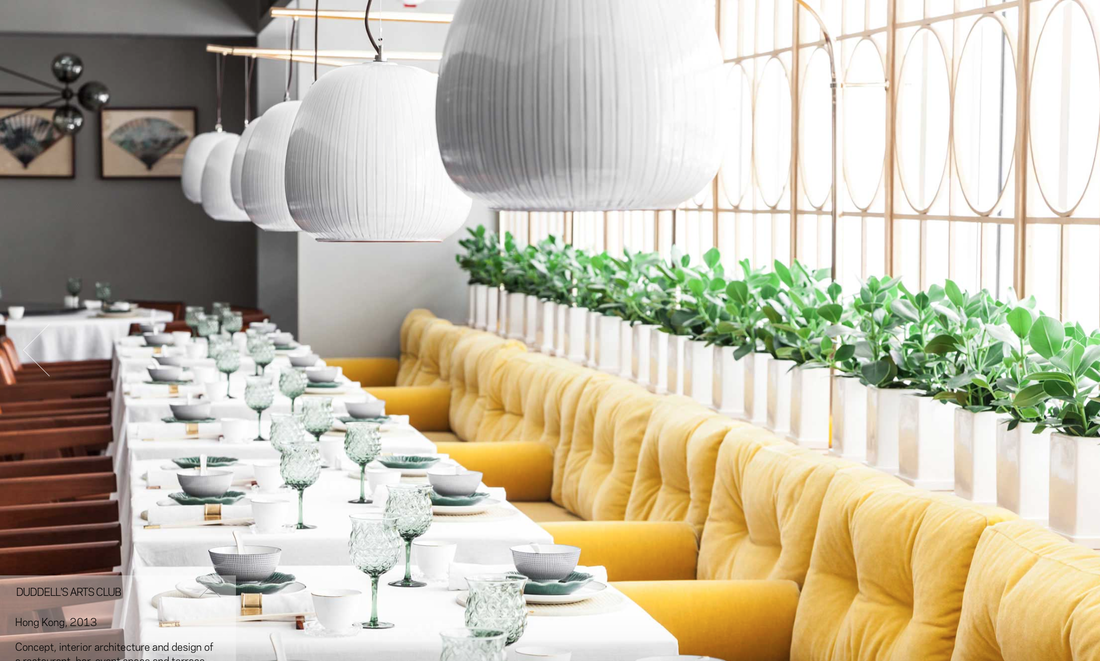
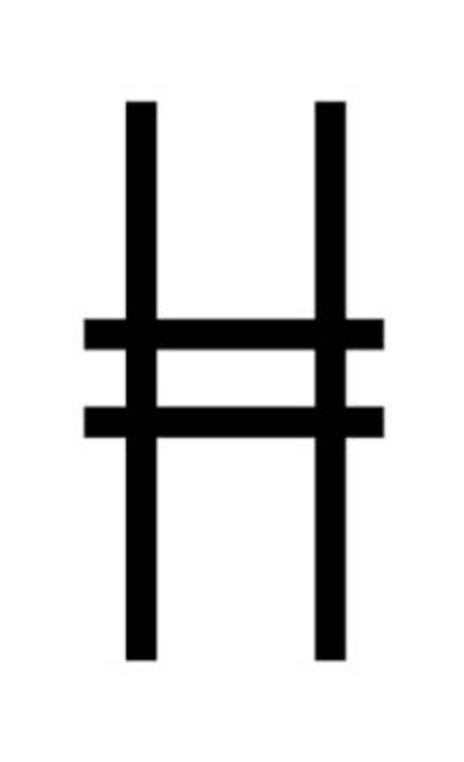
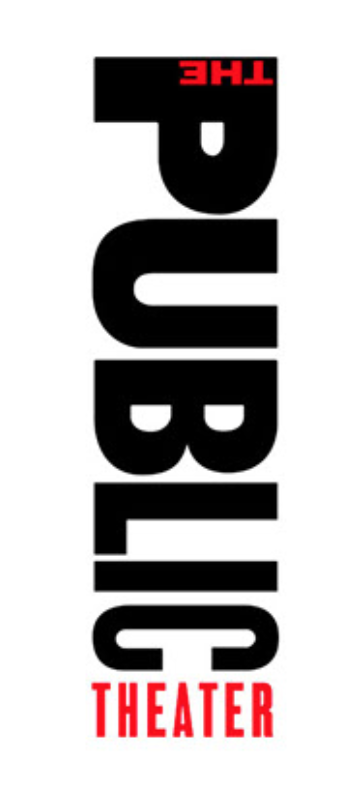
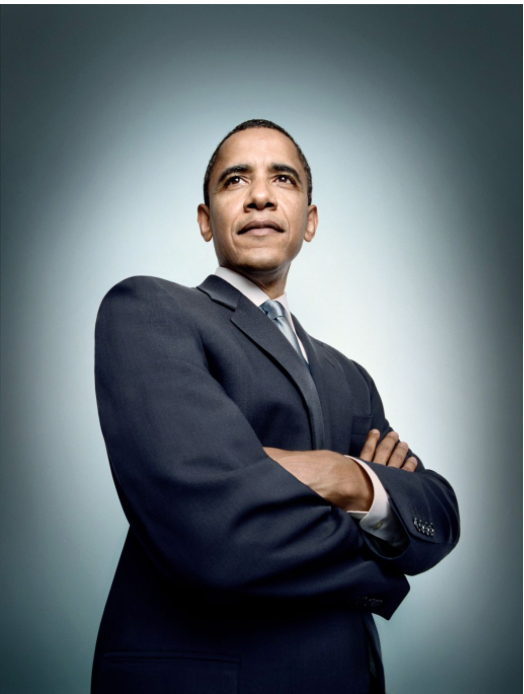


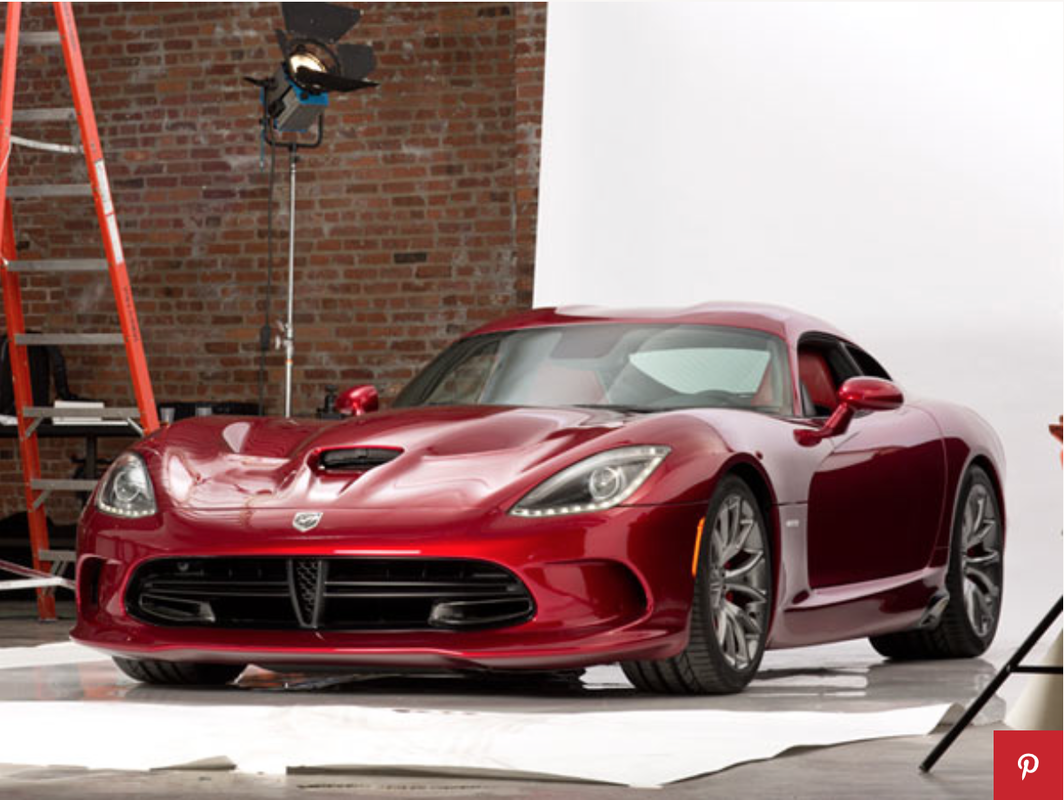
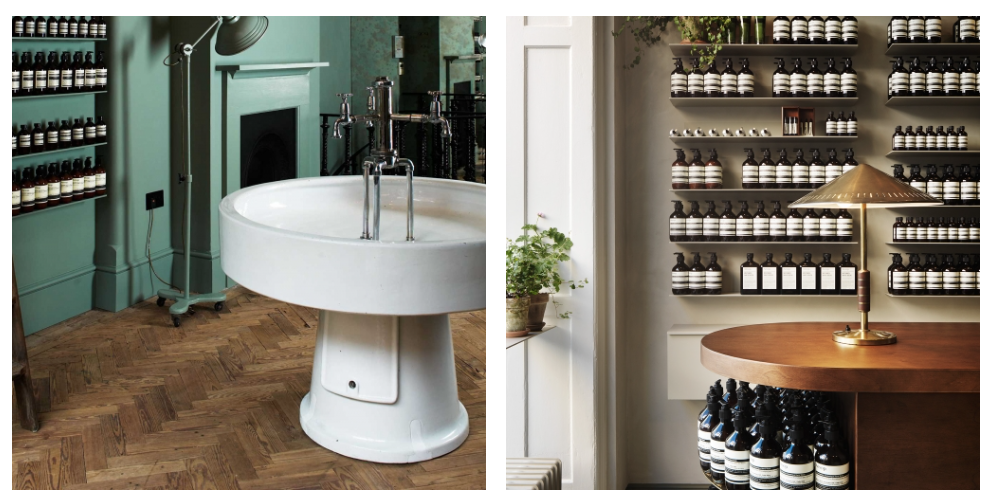
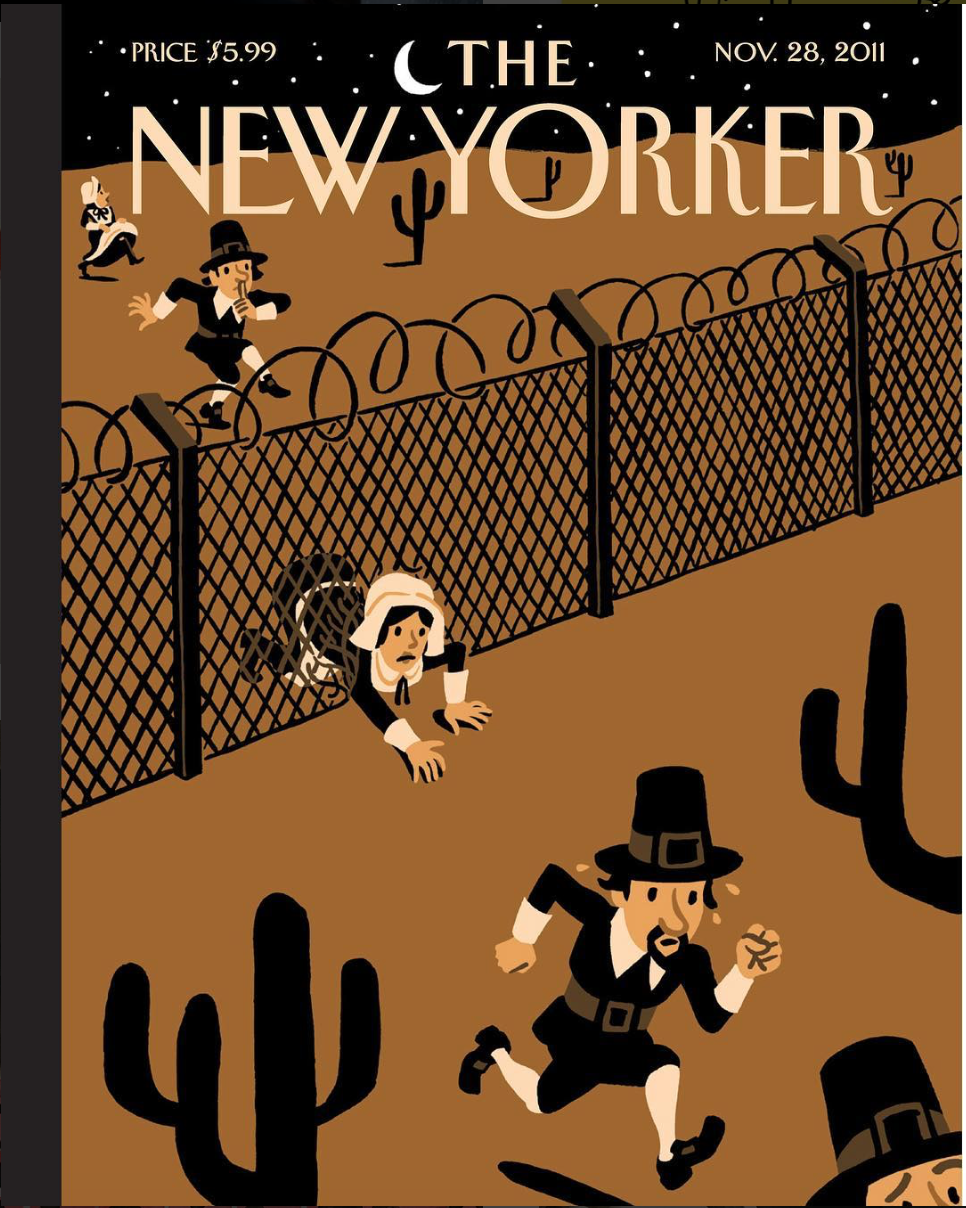
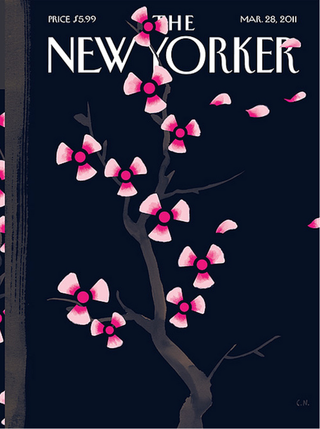
 RSS Feed
RSS Feed